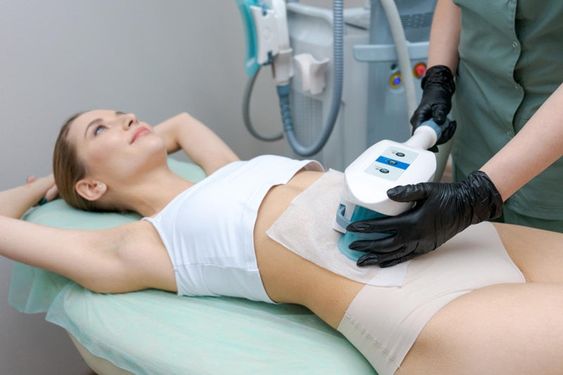
In the quest for a contoured and aesthetically pleasing physique, laser fat removal treatments have emerged as a beacon of hope for many. This non-invasive procedure promises to eliminate stubborn fat pockets and sculpt the body with precision and minimal downtime. This article will shed light on the intricacies of laser fat removal treatments, their benefits, and what potential patients can expect from this modern approach to body shaping.
Understanding Laser Fat Removal
Laser fat removal, also known as laser lipolysis, is a cosmetic procedure that uses targeted laser energy to break down fat cells. The procedure is typically performed under local anesthesia and involves the insertion of a tiny laser fiber through small incisions in the skin. The laser's heat not only destroys fat cells but also stimulates collagen production, resulting in tighter and smoother skin.
The Benefits of Laser Fat Removal
One of the most significant advantages of laser fat removal is its precision. Unlike traditional liposuction, which can sometimes result in uneven contours, the laser allows for more controlled and uniform fat reduction. Additionally, the procedure offers the following benefits:
• Minimally invasive with less scarring
• Reduced risk of bleeding and bruising
• Shorter recovery time compared to traditional liposuction
• Tightening of the skin due to collagen stimulation
Ideal Candidates for the Procedure
Laser fat removal is best suited for individuals who are close to their ideal body weight but struggle with localized fat deposits that are resistant to diet and exercise. It is not a weight-loss solution but rather a body contouring option. Patients should have realistic expectations and be in good overall health.
The Procedure Explained
During the procedure, the patient is awake but the area being treated is numbed. The surgeon makes tiny incisions and inserts the laser fiber, which delivers energy directly to the fat cells, causing them to liquefy. The liquefied fat is then gently suctioned out. The entire process can take anywhere from one to two hours, depending on the area being treated.
Post-Treatment Care and Recovery
After the procedure, patients may experience mild discomfort, swelling, and bruising, which typically subside within a few days. Most patients can return to normal activities within a day or two, although strenuous exercise should be avoided for a couple of weeks. Wearing a compression garment may be recommended to help with the healing process.
Risks and Considerations
As with any medical procedure, there are risks involved. Potential complications include infection, skin burns, and irregular contours. However, when performed by a qualified and experienced professional, the risks are significantly minimized.
The Results
Results from laser fat removal can be seen as soon as the swelling reduces, with more noticeable improvements appearing over the following months as the body naturally eliminates the destroyed fat cells. The skin tightening effect from collagen production also becomes more evident over time.
Conclusion
Laser fat removal treatments offer a high-tech solution for those looking to refine their silhouette without the invasiveness of traditional liposuction. With its ability to precisely target fat and promote skin tightening, it stands as a testament to the advancements in cosmetic procedures. As technology continues to evolve, laser fat removal treatments will undoubtedly become even more effective, providing patients with the confidence and body image they desire.
In summary, laser fat removal is a safe, effective, and minimally invasive option for body contouring. It is an excellent choice for individuals seeking to eliminate stubborn fat and achieve a more sculpted appearance. With proper care and realistic expectations, patients can look forward to long-lasting and satisfying results. As the popularity of this treatment grows, it continues to sculpt not only bodies but also the future of cosmetic fat reduction techniques.
.png)



